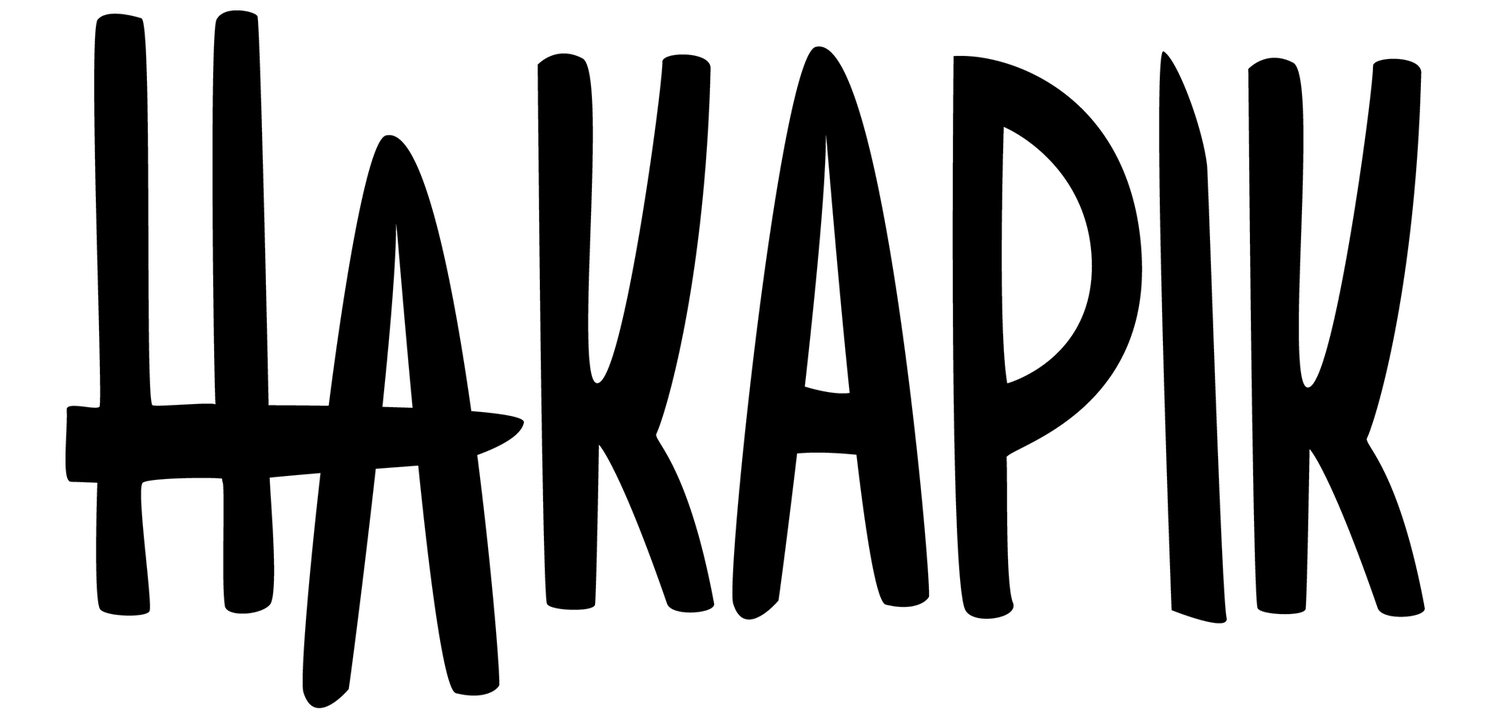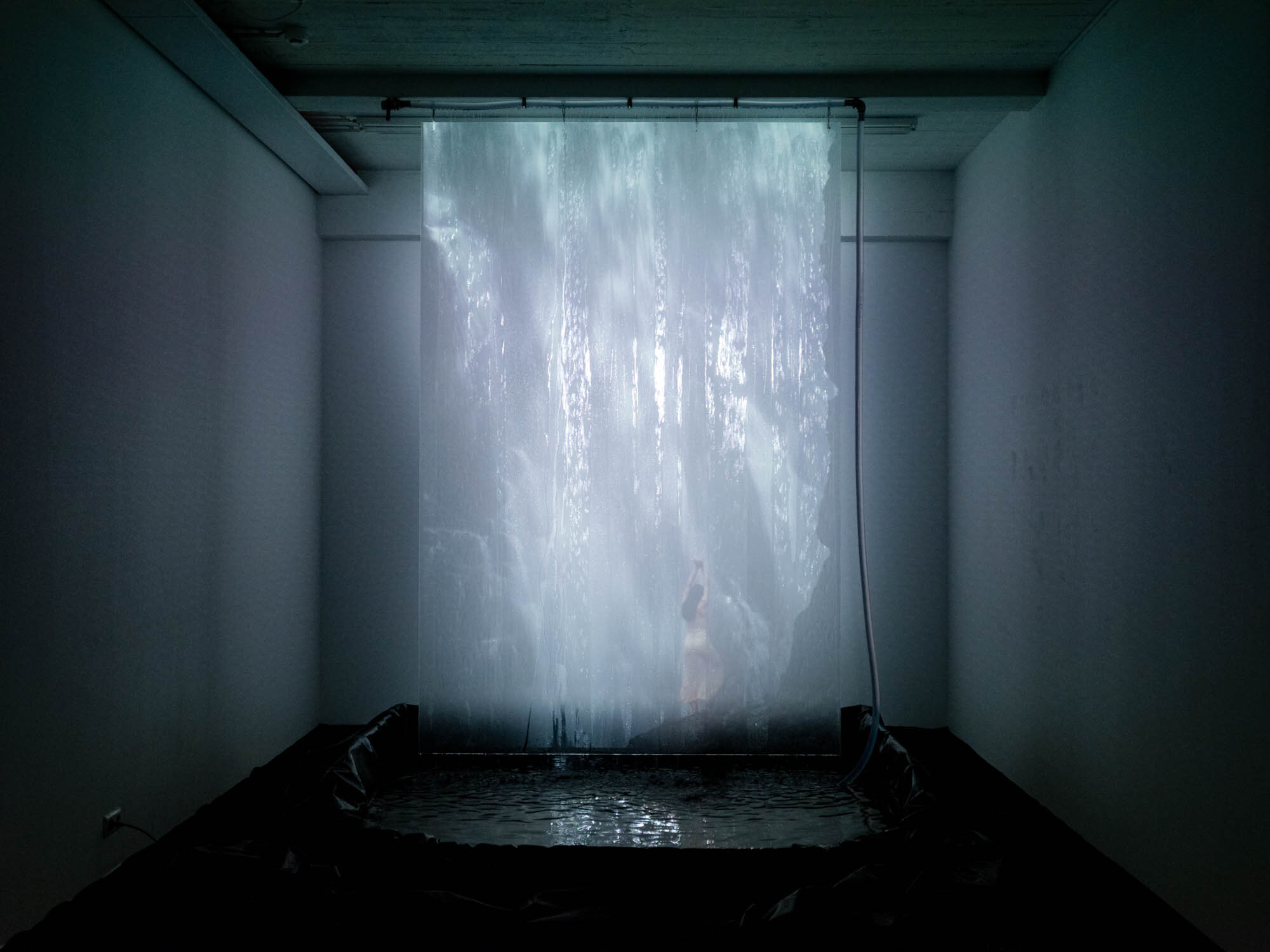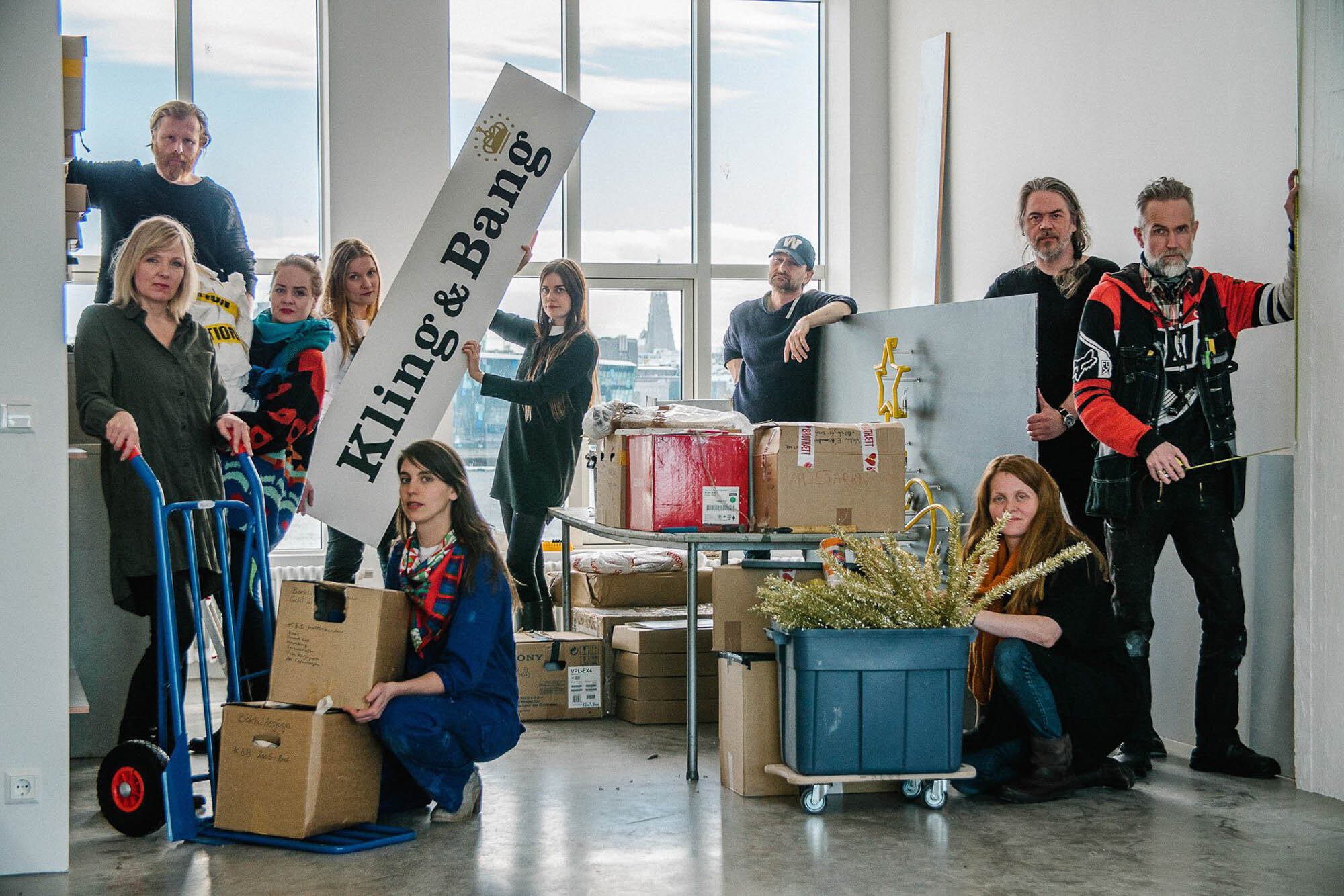Between financial difficulties and digital exhibitions: the Icelandic art scene in the time of Covid-19
Essay by Ana Victoria Bruno
The covid-19 pandemic has strongly disrupted everyone’s daily activities all around the world, and we art-lovers have felt it quite strongly. Experiencing an artwork in real life is often totally different from seeing a picture of it, and covid-19 has been preventing us from attending art events and shows for a long time. Beside art exhibitions, the pandemic has affected artists and art professionals in other ways: projects have been postponed, day jobs have been put at risk, the precarious income on which art practitioners and art professionals often rely have become even more uncertain now. In this essay I look at how the covid-19 pandemic has affected Iceland, a country in which I have had the pleasure to spend almost four years working in the arts.
To understand how much the current pandemic has affected the island’s art scene, we have to take a step back and look at the economy of the country. Iceland relies very much on tourism, a sector which rapidly increased at the turn of the century and was further incremented by the government’s decision to invest in promoting the country as a land of incontaminated and pure natural beauty. Of course, there are ecological concerns to be raised regarding the growing tourist industry in the arctic. However, in relation to the art scene, tourism constitutes such a big part of Iceland’s economy that many of the local artists work in that industry to support themselves, or in fields strictly linked to tourism such as restaurants and tour companies, and museums’ profits strongly depend on tourism as well.
The 2020 Covid-19 pandemic has put Iceland’s financials through a hard time, the closure of borders and lockdowns taking place in many countries have strongly affected the most profitable sector of Iceland. Art critic and curator Starkaður Sigurðarson writes in an article published on artzine in May this year, that he believes museums have the means to survive this crisis, even though financial losses are substantial this doesn’t translate in the loss of livelihood. However he is concerned for artists who might lose their day jobs and therefore their economic support. If artists can’t pay their rent, who is going to make art? Who is going to keep the artists-run spaces which strongly characterise the local scene alive?
The reaction of funding institutions has been prompt and effective. Rannís, The Icelandic Centre for Research, which supports research, innovation, education and culture in the country, has added 600 months to the artist’s salaries they allocate each year. Also Myndlistarsjóður, the main fund for visual art in Iceland, which usually allocates grants twice a year, launched an emergency open call at the end of April 2020. The call was addressed to artists, excluding museums and galleries, so as to provide specific support to those in a more critical situation. The application was also designed to offer unconditional support to the successful applicants: artists didn’t have to attach a detailed budget with segmented costs, this gave them the opportunity to use the grant money to offset their fees, which are usually not covered by this grant. Myndlistarsjóður has been really good at understanding the situation and giving concessions to help artists by thinking also about their actual needs and not just the accomplishment of the project applied for. Beside this, Myndlistarsjóður also held their usual grant allocation in August and it is pleasing to see that they have spread the grant budget to support as many artists as possible allocating smaller grants to more artists rather than bigger amounts for fewer projects.
Alongside Myndlistarsjóður, the City of Reykjavík has been active in supporting and promoting art projects in the city by establishing several grants for projects over the summer which engage with local communities. The call granted financial support to projects engaging with local communities in different neighbourhoods and with immigrant communities. I believe this aimed at offering art and entertainment to residents to counteract the travel bans as well as to address the difficulties concerning immigrant communities in the country. The latter being on one hand a way to support those unable to visit their hometown and on the other hand a consequence of the Black Lives Matter protests in the USA which resonated quite strongly in the country and raised awareness on the absence of proper integration for immigrants living on the island.
The geographical position of Iceland brings advantages to the art scene since being between the USA and Europe allows for a great exchange of people and ideas with both continents (however, very little non-western art reaches the island, but that’s a topic for another discussion). But also being a resident of an island in the middle of the ocean can feel quite isolating, especially in a time when flight connections are strongly disrupted.
As I write these words Iceland is fighting the third wave of covid-19, an outbreak which resulted in the closure of museums and exhibition spaces, among many other services, in the country for the second time in this turbulent year. However, I am positive and believe that the local scene will rise again. The Icelandic art community has proved in the past to be able to overcome times of struggle through its main strength: the mutual support which pervades their community. The Icelandic art scene is a welcoming and inclusive environment where everyone can get opportunities as long as they are proactive within the scene. Elitism is almost non-existent as the well-being of the scene and the community’s will to make things happen comes first. If we look back at the past we can see a few examples of artists doing great things collectively during difficult times.
The SÚM group has been the most relevant art movement in Iceland to date. The group that was founded by artists Jón Gunnar Árnason, Magnús Pálsson, Hreinn Friðfinnsson, Sigurjón Johannsson and Haukur Dór Sturluson, emerged during the mid-sixties, in a time when Iceland was in turmoil. SÚM took inspiration from movements such as Fluxus, Arte Povera, Dada, and shaped very much a certain Icelandic style which can still be seen in the freedom and will to break structures, in both a conceptual and materially engaged way, very much present in the Icelandic contemporary art.
Jumping forward to 2003, another great example of the value of the Icelandic art community can be seen in Kling & Bang gallery. Between 2004 – 2005 a local bank let them utilise one of their buildings, a 5000 square meters building where 137 artists, had their studios. The space was named KlinK & BanK and it was a fantastic melting pot where visual artists worked side by side with musicians, poets, video artists and so on – a bursting energy which merged together different arts. It was a place where Bjork, several members of Sigur Ros, Ragnar Kjartansson and many more would experiment and work on their practice.
KlinK & BanK sadly ended in 2005 with the demolition of the building in which the artist-run initiative operated. However it did not completely disappear: the now 16 years old artist-run gallery Kling & Bang is still run by some of the original members of Klink & Bank, and is one of the most interesting and edgy exhibition spaces in Iceland.
It might sound naive to be optimistic in a time which has seen museums closing their doors two times in the last ten months, exhibitions postponed and little possibilities for artists to travel and work internationally. However in times of crisis creativity is likely to spark. We have already seen digital art exhibitions popping up during the first lockdown in April. In Iceland there are not many platforms for virtual exhibitions, RASK being one of the few, a collective of artists founded by Jökull Máni Reynisson and Sóley Sigurjónsdóttir in 2015 who work at the intersection of art and technology to making art accessible. In April RASK organised the online event RASK#3 (still available), titled Wherever-rave, an virtual exhibition which aimed at creating a feeling of community over various locations in a time when human interactions were severely limited. Beside RASK, which managed to respond quickly to the pandemic, also the local online magazine artzine.is has hosted some virtual exhibitions, turning its online platform into not only a space for critical discussion but also a space where actual virtual exhibitions took place. Some museums in the capital have tried to expand their activities online too, and organised online exhibition tours, free to access for everyone.
Even though I highly appreciate all of these attempts, I think the Icelandic art is still sometimes too material-based and too community-based for a switch from in-person event to a full online presence, and, a part from RASK which has years of expertise in online exhibitions, the results have been sometimes slightly clumsy. However it is good indeed to see how Icelandic artists and curators are working on finding new ways to bring art to people during these hard times.
I feel like there is no better way to end this essay than borrowing a very popular sentence from the Icelandic tradition: þetta reddast, which translates in “this will all work out okay”. The Icelandic spirit to not stress too much and be patient will help the country to overcome these difficult times, and hopefully to learn something from it.












